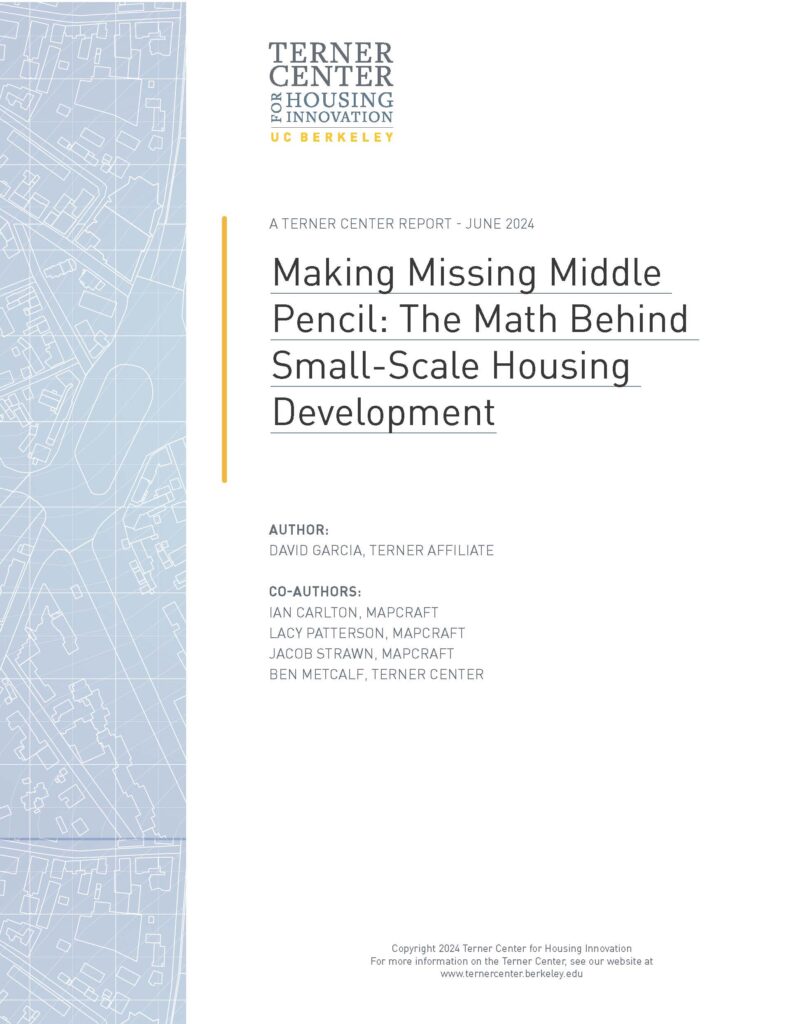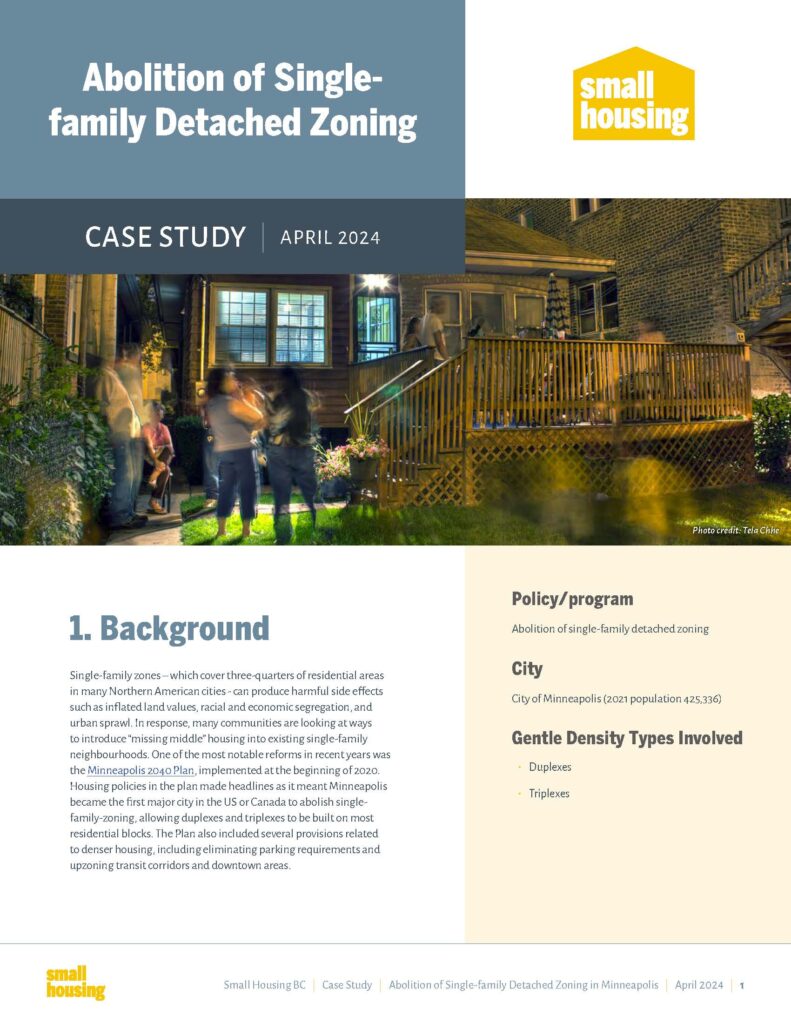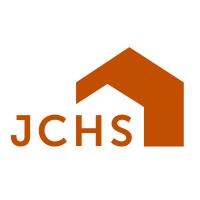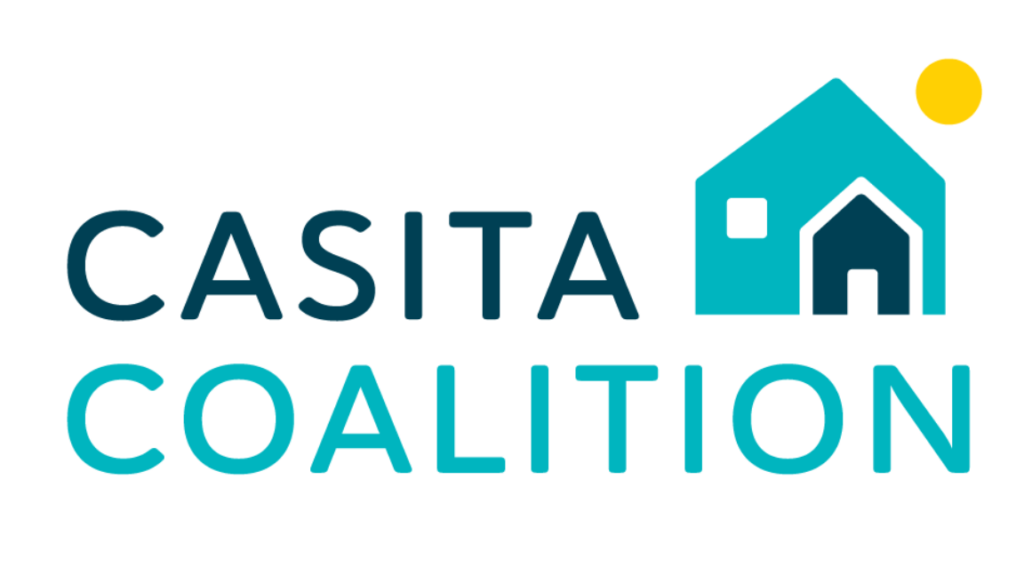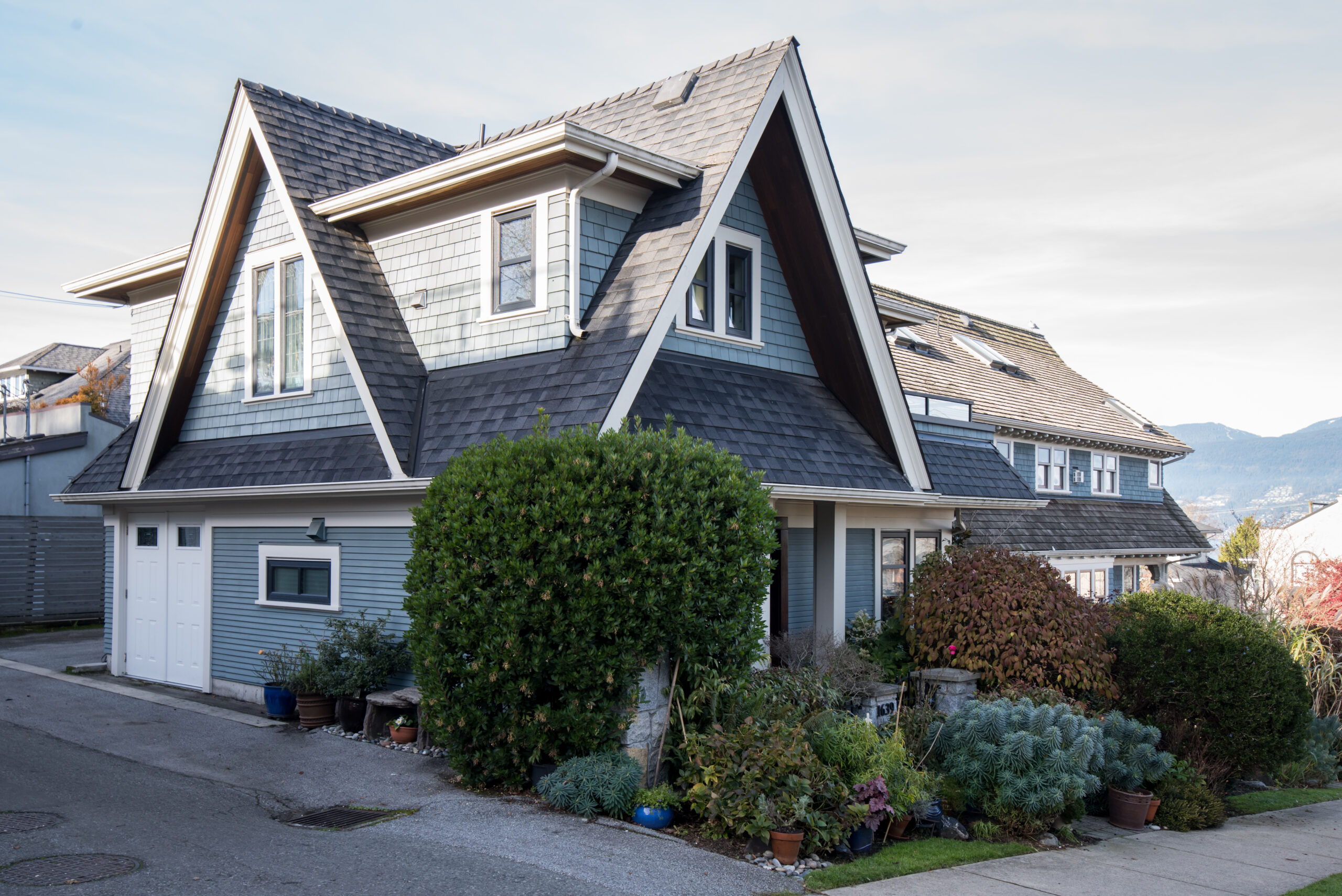
Launched by the Community Planning Collaborative (CPC) in August 2024, the California ADU Plans Gallery is an innovative web application showcasing an array of prefabricated and traditional site-built designs. While tailored to U.S. jurisdictions, this gallery offers valuable insights for Canadian audiences, particularly for municipalities and planners exploring accessory dwelling units (ADUs) as a way to expand housing supply. Examples such as prefabricated designs and statewide pre-approvals can serve as inspiration for Canadian local governments considering ADU implementation in their communities. The site also includes a demo, offering local governments a preview for launching a similar custom tool.
“The California ADU Plans Gallery gives local governments a place to demonstrate what’s possible for their communities while providing a publicly accessible database of prefabricated plans approved for use statewide,” said David Driskell, principal at CPC, in a press release announcing the launch. “Digital tools like the ADU Plans Gallery help local governments assist their residents through the challenging ADU process and expand housing supply in their existing neighborhoods.”
Explore the California ADU Plans Gallery here.


